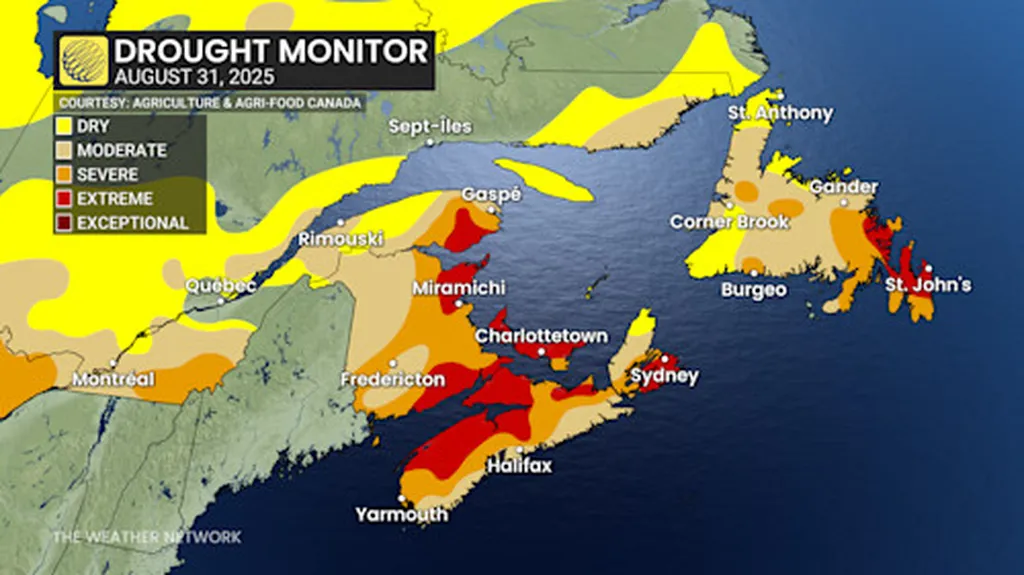In the ever-changing climate of Atlantic Canada, accurate precipitation forecasting is not just a matter of convenience—it’s a critical tool for industries, farmers, and infrastructure managers. A groundbreaking study published in the journal *Ecological Informatics* (translated from the original title as “Ecological Information Science”) introduces a novel approach to long-term precipitation forecasting, with significant implications for the energy sector and beyond. The research, led by Mehdi Jamei of the Canadian Centre for Climate Change and Adaptation at the University of Prince Edward Island and Shahid Chamran University of Ahvaz in Iran, leverages advanced machine learning techniques to enhance predictive accuracy.
Jamei and his team have developed a hybrid framework that combines successive variational mode decomposition (SVMD), recursive long short-term memory (RLSTM) networks, graph feature selection, and a Borda count-based multi-criteria decision-making approach. This innovative combination allows for multi-horizon memory feedback loops, significantly improving long-range temporal learning. “The recursive architecture of RLSTM sets our model apart from traditional hybrids,” Jamei explains. “It enables us to capture complex temporal patterns that other models might miss.”
The study focuses on two key locations in Canada’s Maritime region: Charlottetown and St. John’s. By integrating graph-based feature selection with partial autocorrelation function (PACF) analysis, the researchers were able to extract the most informative SVMD components, enhancing prediction accuracy and reducing model complexity. “This framework provides a pragmatic and scalable alternative to other leading deep-learning methods,” Jamei notes.
To validate their model, the researchers compared it against several other advanced algorithms, including convolutional neural network-long short-term memory (CNN-LSTM), random vector functional link (RVFL), and light gradient-boosting machine (LightGBM). The results were impressive. In Charlottetown, the SVMD–RLSTM model outperformed its counterparts with a Borda count of 0.95, a correlation coefficient of 0.9508, and a root mean square error (RMSE) of 15.6567 mm for one-month-ahead forecasts. Similar success was seen in St. John’s, where the model achieved a Borda count of 0.9171 and an RMSE of 19.0093 mm for the same forecast horizon.
The implications of this research are far-reaching, particularly for the energy sector. Accurate precipitation forecasting can help energy companies optimize hydropower generation, manage water resources more effectively, and prepare for extreme weather events. “This model has the potential to revolutionize how we approach climate adaptation and mitigation strategies,” Jamei says. “By providing more accurate and reliable forecasts, we can better prepare for the impacts of climate change and make more informed decisions.”
The study’s findings were published in *Ecological Informatics*, a testament to the interdisciplinary nature of the research. As the world continues to grapple with the effects of climate change, innovations like this hybrid forecasting model will be crucial in helping industries and communities adapt and thrive. The research not only advances the field of precipitation forecasting but also sets a new standard for integrating advanced machine learning techniques into environmental science.

